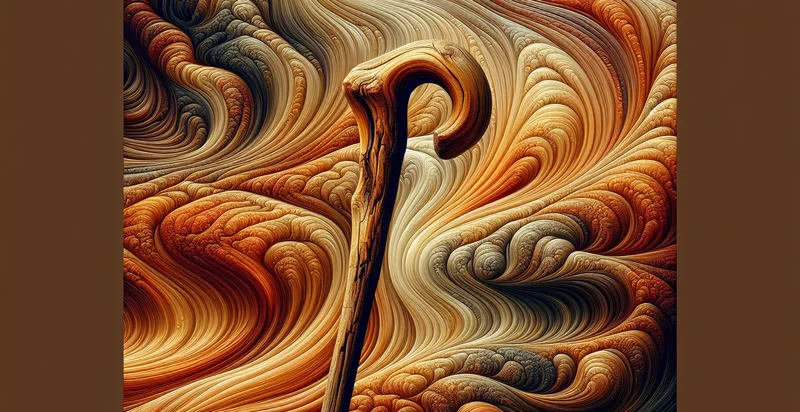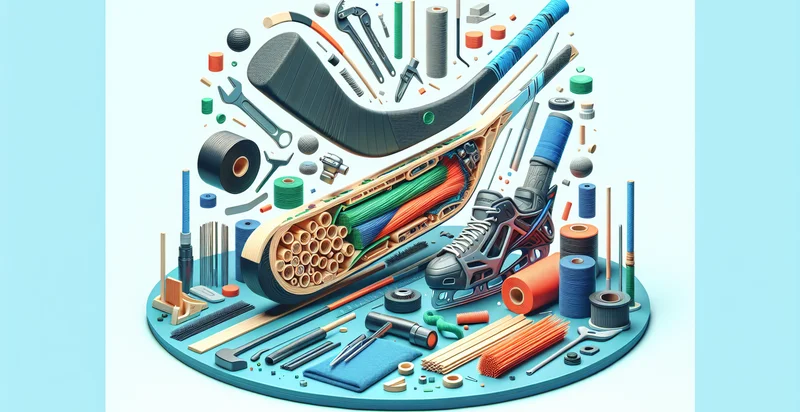Identify what material a walking stick is made from
using AI
Below is a free classifier to identify what material a walking stick is made from. Just upload your image, and our AI will predict what material a walking stick is made from - in just seconds.

Contact us for API access
Or, use Nyckel to build highly-accurate custom classifiers in just minutes. No PhD required.
Get started
import nyckel
credentials = nyckel.Credentials("YOUR_CLIENT_ID", "YOUR_CLIENT_SECRET")
nyckel.invoke("what-material-a-walking-stick-is-made-from", "your_image_url", credentials)
fetch('https://www.nyckel.com/v1/functions/what-material-a-walking-stick-is-made-from/invoke', {
method: 'POST',
headers: {
'Authorization': 'Bearer ' + 'YOUR_BEARER_TOKEN',
'Content-Type': 'application/json',
},
body: JSON.stringify(
{"data": "your_image_url"}
)
})
.then(response => response.json())
.then(data => console.log(data));
curl -X POST \
-H "Content-Type: application/json" \
-H "Authorization: Bearer YOUR_BEARER_TOKEN" \
-d '{"data": "your_image_url"}' \
https://www.nyckel.com/v1/functions/what-material-a-walking-stick-is-made-from/invoke
How this classifier works
To start, upload your image. Our AI tool will then predict what material a walking stick is made from.
This pretrained image model uses a Nyckel-created dataset and has 15 labels, including Acrylic, Aluminum, Bamboo, Carbon Fiber, Composite, Fiberglass, Leather, Metal, Natural Fiber and Plastic.
We'll also show a confidence score (the higher the number, the more confident the AI model is around what material a walking stick is made from).
Whether you're just curious or building what material a walking stick is made from detection into your application, we hope our classifier proves helpful.
Related Classifiers
Need to identify what material a walking stick is made from at scale?
Get API or Zapier access to this classifier for free. It's perfect for:
- Retail Product Verification: Retailers can use the image classification function to verify the materials of walking sticks during the quality control process. This ensures that the products they offer match the descriptions and specifications listed, enhancing customer trust and satisfaction.
- Manufacturing Quality Assurance: Manufacturers can implement the classifier to monitor and assess the quality of walking sticks on the production line. By identifying materials, they can ensure that only sticks made from specified, high-quality materials are shipped to consumers, reducing returns and complaints.
- E-commerce Platform Integration: E-commerce websites can integrate this functionality into their systems to automatically verify product images uploaded by sellers. This helps prevent fraudulent listings and ensures customers receive genuine products that match their purchase criteria.
- Insurance Claim Processing: Insurance companies can utilize the classifier to assess claims related to walking sticks. By identifying the material of a claimed lost or damaged stick, they can determine coverage and compensation amounts more accurately, streamlining the claims process.
- Sustainability Tracking: Organizations focused on sustainability can use this function to track the materials used in walking sticks. By identifying the composition, they can promote environmentally friendly options and help consumers make informed purchasing decisions based on material sourcing.
- Assistive Devices Research: Researchers studying assistive devices can employ this functionality to analyze trends in materials used for walking sticks over time. This can lead to insights into material performance, comfort, and user preferences, guiding future design and innovation.
- Consumer Education and Awareness: Educational platforms can utilize the classifier to inform consumers about different materials used in walking sticks. By providing insights into the advantages and disadvantages of various materials, consumers can make better-informed decisions regarding their purchases based on durability, weight, and comfort.


